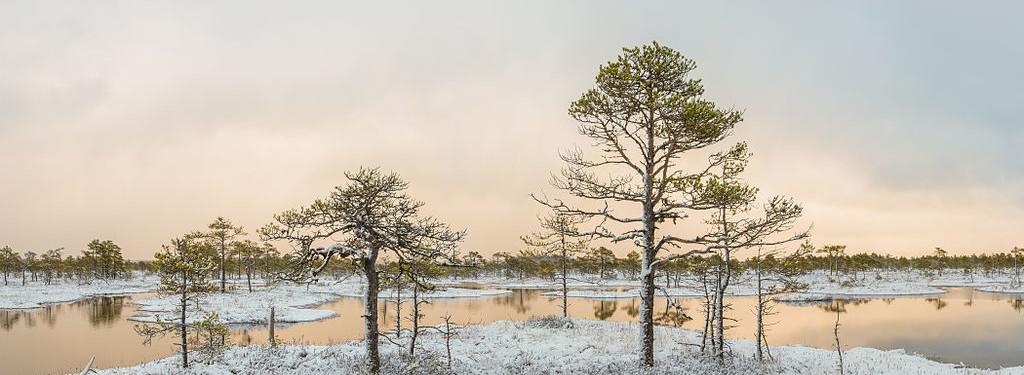
Last summer I had the opportunity to spend a week on Saipan and Tinian in the Northern Mariana Islands. As I life-long student of history I was especially eager to see and capture on film the places where so many significant events occurred during the Second World War. The video at the bottom of this page is the product of that ambition.
Background
The Northern Mariana Islands have a long colonial history. Taken by the Spanish in 1565, purchased by Germany in 1899, then seized by Japan at Versailles after World War I, the Mariana Islands became an essential component of the defense perimeter of Japan’s Pacific empire. During World War II the United States sought to take the islands in order to build airfields capable of bringing Japan within range of its deadly B29 bombers. About one week after the allied invasion of Normandy in 1944, US troops landed on the beaches of Saipan, the largest of the Northern Mariana Islands. Japan was not unaware of its strategic importance and fought bitterly to hold on to it. A fleet of several Japanese aircraft carriers and battleships sent to the Islands’ defense was destroyed in the Battle of the Philippine Sea (known to the Americans as the Great Marianas Turkey Shoot for the one-sided loss ratio of the conflict.)

Without hope of any outside help, the Japanese on Saipan resorted to suicidal charges into American positions. They also convinced the local civilians to commit suicide by jumping off cliffs at the north end of the island. Several thousand complied. After ordering the last Japanese banzai charge of the Second World War, officers of the Japanese high command on Saipan committed suicide, including Vice-admiral Chuichi Nagumo, the naval commander who led the attack on Pearl Harbor nearly four years earlier. The Japanese Minister of War reported the loss of Saipan to the emperor with the words “Hell is upon us.”
Many of the Japanese who made that final banzai charge were already severely wounded; some had bandages around their heads, others walked on crutches with knives tied to bamboo sticks; still others had no weapons at all. Indeed, the fanaticism of the Japanese in the Battle for Saipan was cited by the US military in its decision to use the atom bomb as an alternative to what they imagined a land invasion of Japan would be like.
Having taken Saipan and Tinian, the Americans immediately began constructing the North Field on the small island of Tinian, just south of Saipan. In 1945 the North Field was the busiest airport in the world. Dozens of Japanese cities were destroyed by US B29s departing from this airfield. The most significant departure, of course, was that of the Enola Gay from Runway Able, seen in the areal photo below. It’s difficult to believe that from this runway, now abandoned and increasingly overtaken by jungle, the atomic age was ushered it.

Runway Able (right) of the North Field, Tinian. 
Runway Able, 1945
During my stay I was continually taken back by the contrast between the Islands’ natural beauty and the brutality of the fighting that took place there. The short video below is my attempt to capture that juxtaposition of opposites. With the exception of the high altitude image at the beginning, all of the color footage was shot in 4K with a DJI Mavic Air drone. These shots toggle with footage from the Second World War, often of the identical location to give a “now and then” feel to the movie. It’s my small tribute to the Americans, Japanese, and indigenous Chamorro people who experienced hell on that island paradise.
